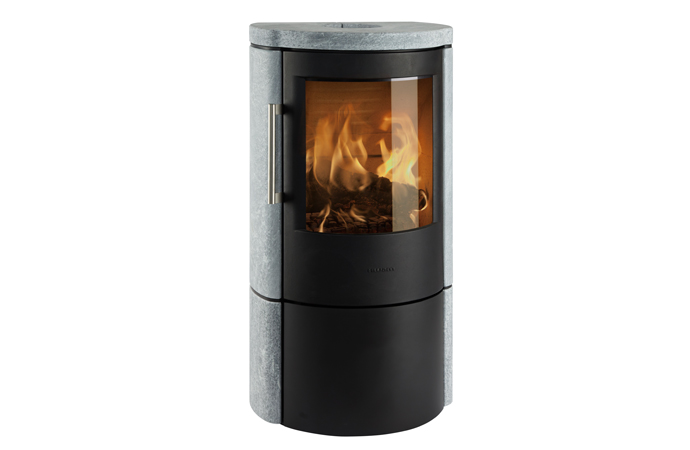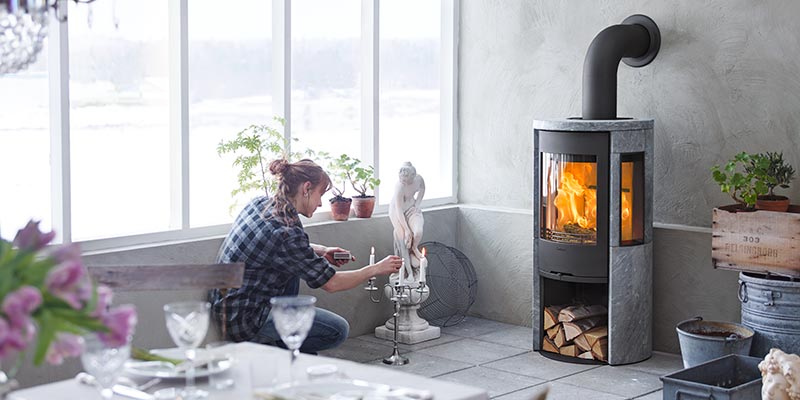The variety of wood-burning stove available today is immense and many people are slightly confused about what a soapstone wood stove has to offer. You will see from the images online that a soapstone wood stove is certainly more elegant, more well-defined and more often than not more expensive. Many automatically assume that the soapstone is purely and simply for decorative purposes but this is not the case. There are real benefits of a soapstone wood stove against the more traditional cast-iron body stove.
What is soapstone?
Soapstone is a material which is created deep under the earth where there is immense heat and pressure. This ensures that the soapstone material is extremely stable and able to withstand incredible heat after it has been mined. The material is made up of talc, chlorite, amphiboles and traces of iron chromium oxides and has been used for carvings and sculptures for hundreds of years. So, why is soapstone used in the manufacturing of wood-burning stoves?

Heat resistant
As far as the stove industry goes, the greatest characteristic of soapstone is its resistance to heat. It is therefore the perfect material for lining the combustion chamber of a traditional wood-burning stove. The material not only ensures that as much heat as possible is held within the combustion chamber but it can actually improve the combustion process over and above those stoves which use firebricks. This improvement in the combustion process ensures that the wood fuel is burnt more efficiently creating more heat for less fuel.
As the majority of the heat is bounced back into the combustion chamber, thereby increasing the temperature, some of the heat is absorbed by the soapstone and then radiated into your room.
Prolonged heat radiation
While vermiculite firebricks certainly have a role in the combustion chamber design of today, they are not able to compete with soapstone. Tests have shown that the soapstone material is so heat resistant than it can actually absorb heat and continue to radiate this throughout a room for up to 12 hours after the stove has gone out. So on one hand we have the more efficient combustion system and then we have the more consistent heat radiation over an extended period of time. Perfect!

Due to this extended heating period there is no need to rush to ignite your stove in the morning because the heat from the previous night will still be radiating from the soapstone material.
Design of a soapstone stove
A traditional wood-burning stove is made of cast iron which is extremely easy on the eye for those looking at a more traditional appeal. A soapstone stove is made of slabs of the soapstone material which are held together by an iron frame. Many people believe that a soapstone wood-burning stove is classy in design and more appealing to the eye. It is a material which has taken hundreds of years to form well below the Earth’s surface and can be exposed to extreme heat without cracking or being compromised in any way.
Over time it is also possible for the natural grain of the soapstone on your stove to become richer and even more appealing to the eye. The soapstone material itself is not absurdly expensive but it is a slightly different design and make up to your traditional wood-burning stove. As a consequence, you will pay that a little bit extra for a soapstone stove but you will find that fuel efficiencies and the quality of the radiated heat over a prolonged period of time more than make up for the extra spending.

